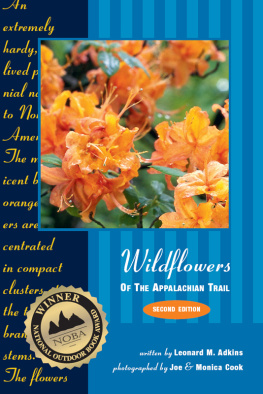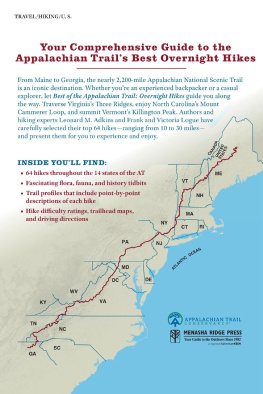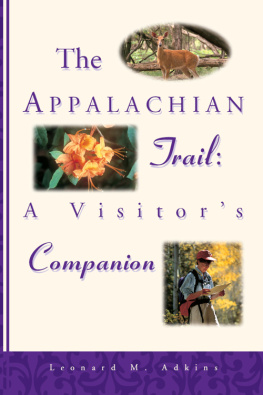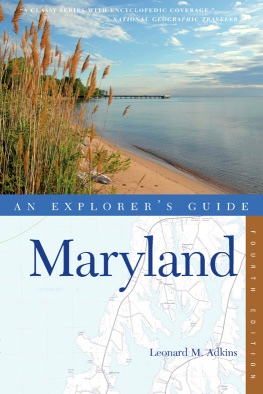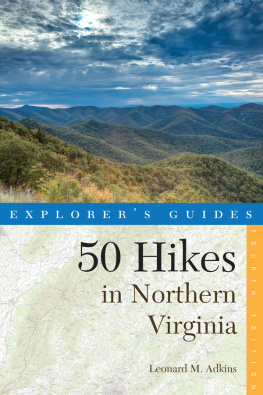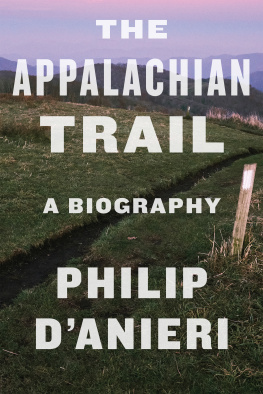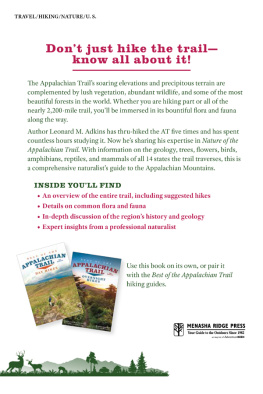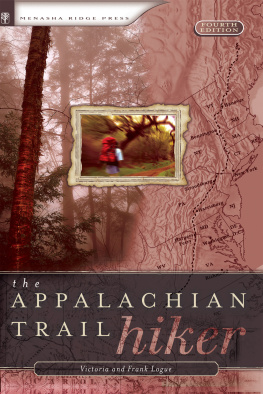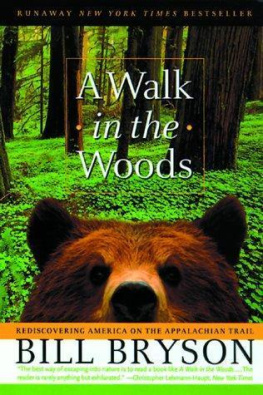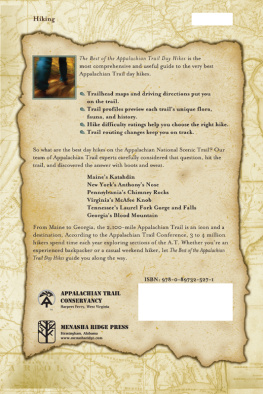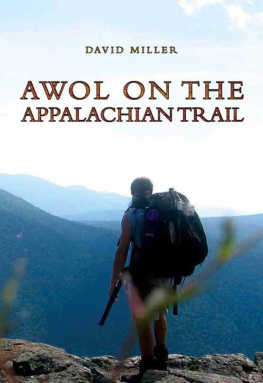
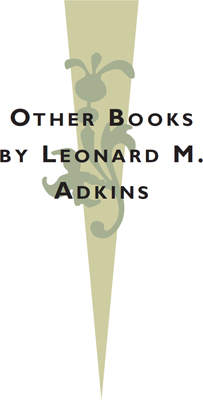
Adventure Guide to Virginia
The Appalachian Trail: A Visitors Companion
Best of the Appalachian Trail: Day Hikes (with Victoria and Frank Logue)
Best of the Appalachian Trail: Overnight Hikes (with Victoria and Frank Logue)
The Caribbean: A Walking and Hiking Guide
50 Hikes in Maryland: Walks, Hikes, and Backpacks from the Allegheny Plateau to the Atlantic Ocean
50 Hikes in Northern Virginia: Walks, Hikes, and Backpacks from the Allegheny Mountains to the Chesapeake Bay
50 Hikes in Southern Virginia: From the Cumberland Gap to the Atlantic Ocean
50 Hikes in West Virginia: From the Allegheny Mountains to the Ohio River
Maryland: An Explorers Guide
Seashore State Park: A Walking Guide
Walking the Blue Ridge: A Guide to the Trails of the Blue Ridge Parkway
Wildflowers of the Blue Ridge and Great Smoky Mountains (photographer Joe Cook)
Adkins, Leonard M.
Wildflowers of the Appalachian Trail / by Leonard M.
Adkins; Joe and Monica Cook (photographs)
p. cm.
Includes bibliographical references and index (p. 206).
ISBN 10: 0-89732-974-0
ISBN 13: 978-0-89732-974-3
1. Wild flowersAppalachian TrailIdentification.
2. Wild flowersAppalachian TrailPictorial works.
3. Appalachian Trail.
I. Title.
QK122.3.A45 1999
582.13'0974dc21
98-53670
CIP
Copyright 1999, 2006 by Leonard M. Adkins
All rights reserved
Published by Menasha Ridge Press and the Appalachian
Trail Conservancy
Distributed by Publishers Group West
Second Edition/First Printing
Cover, text, and cartography by Grant M. Tatum
Photography by Joe & Monica Cook
Photograph of author by Laurie Adkins
Menasha Ridge Press
P. O. Box 43673
Birmingham, AL 35243
www.menasharidge.com
No part of this book may be reproduced or transmitted in any form or by any means, electronic or mechanical, including photocopying and recording, or by any information storage and retrieval system, except as may be expressly permitted by the 1976 Copyright Act or in writing from the publisher.

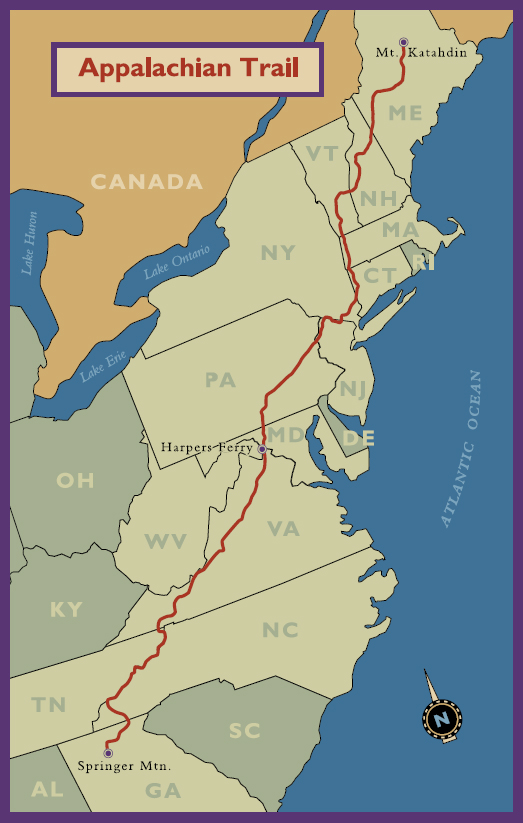
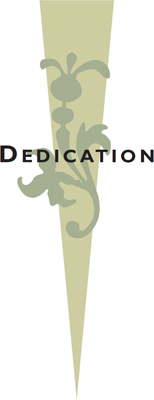
For my sister, Kathleen. I am impressed by your life.
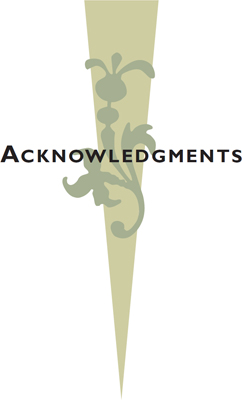
Numerous people enthusiastically gave of their time, energy, and expertise. Joe and Monica Cook and I must express our specific appreciation to
Tom Wieboldt, senior laboratory specialist with the Virginia Tech Herbarium; Henning Von Schmelling, horticulturist with the Chattahoochee Nature Center; and Ann B. Messick, well known in Virginia for the quality of her wildflower slide presentations. These folks willingly went through and referenced well over one hundred photographs to verify the genus and species of each flower. (If there are any errors or omissions of information, the responsibility is ours and not theirs.)
Joe Boyd, Walter E. Daniels, Rachel DuBois, Jan and Bill Eddy, Ted Elliman, Jerry and Mary Hopson, Ralph H. Kinter, Patty Lowe, Paul A. Palmer, Ginny Smith, and Ray Welch provided us with firsthand information (based on field observations) regarding the trail locations of many of the individual species. Kent Schwarzkopf with the National Park Service and Sarah Evans of the Maine Natural Areas Division supplied additional data.
Dr. Stephen Lewis, Caroline Charonko, Terri, and SusieI would never have experienced all of the beauty I have if you had not come to my rescue.
Nancy AdkinsHow did I luck out and get you for my mother?
LaurieMy one and only trailmate.
We must provide enough wilderness areas so that, no matter how dense our population, manthough apartment bornmay attend the great school of the outdoors, and come to know the joys of walking the woods Once he experiences that joy, he will be restless to return over and over again If that is to happen, the places where the goldthread, monkey flower, spring beauty, or starflower flourish in sphagnum moss must be made as sacred as any of our shrines.
~ William O. Douglas

FLOWER:
Growing in terminal clusters (and sometimes in the axils of upper leaves), the porcelain-blue, one-and - a-half-inch flowers of the Bottle Gentian never spread their petals wide like most other blossoms. Instead, the flower remains closed and upright. A whitish membrane extends above the petals.
BLOOM SEASON:
August to October
LEAVES AND STEM:
The lanceolate leaves grow in a whorl below the terminal cluster of flowers but are opposite along the rest of the one- to two-foot stem.
RANGE:
Georgia to Massachusetts/Vermont
The Bottle Gentian, also called Closed Gentian, is a flower of the fall season, not appearing until late August and sometimes blooming well into October. The blossoms may even outlast those that are most often associated with autumndaisies, asters, and goldenrods. Gentiana clausa , also known as Closed or Bottle Gentian, is nearly identical to Gentiana andrewsii , but its membranes do not extend above the petals, and its range is from Georgia/North Carolina to Maine.
The Bottle Gentians provide a wonderful illustration of the intricate workings of the natural world. Because the flowers remain closed, it takes considerable effort for an insect to work its way to the nectar. As a result, the plant is usually only visited by the largest and strongest of bees, but even they are hesitant to expend the energy unless they know they will be amply rewarded. Botanists have discovered that blossoms whose nectar has been harvested turn purple around their tips, while those still unvisited are marked with a bit of white to alert the bees that the sweet payoff still remains!
The species name of andrewsii honors Henry C. Andrew, well-respected in the 1800s for his wildflower paintings. The genus name comes from King Gentius, a ruler of the ancient country of Illyria (modern day Albania and Croatia), who supposedly discovered the medicinal uses of these plants. However, medical prescriptions for Gentian were found entombed with a mummy near Thebes, proving the ancient Egyptians knew of the medicinal properties at least one thousand years earlier.
Some places along the AT you are likely to encounter one of the Gentians: Between Little Hump and Hump Mountain along the North CarolinaTennessee border; on Apple Orchard Mountain, on Tar Jacket Ridge, and between Salt Log Gap and Fish Hatchery Road in central Virginia; on the ridgeline just south of Milam Gap in Shenandoah National Park; and at Page Pond in New Hampshire.
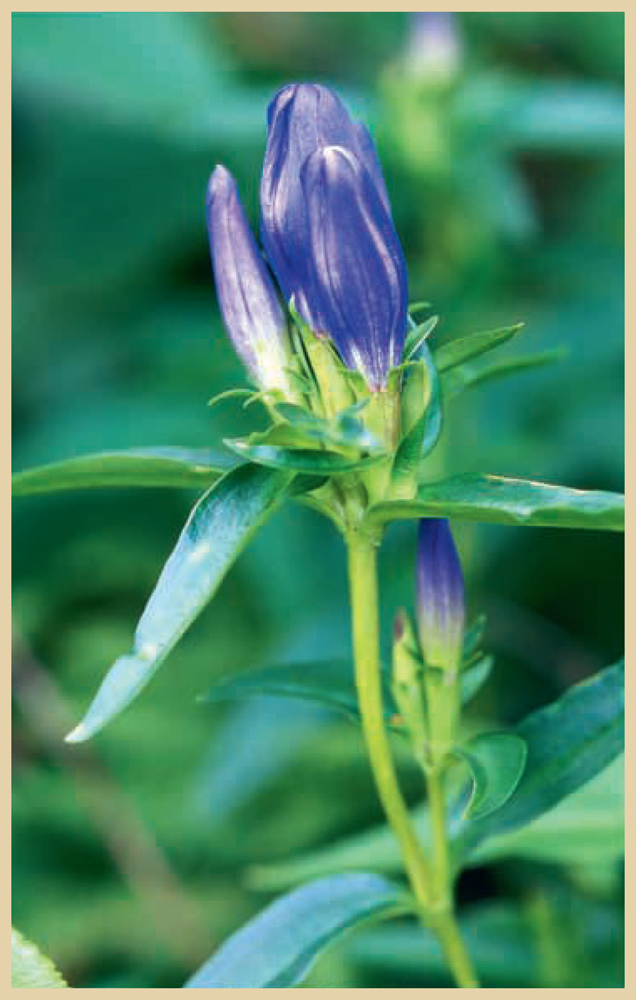
GREEN FLOWERS
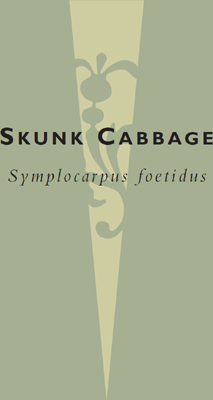
Next page
